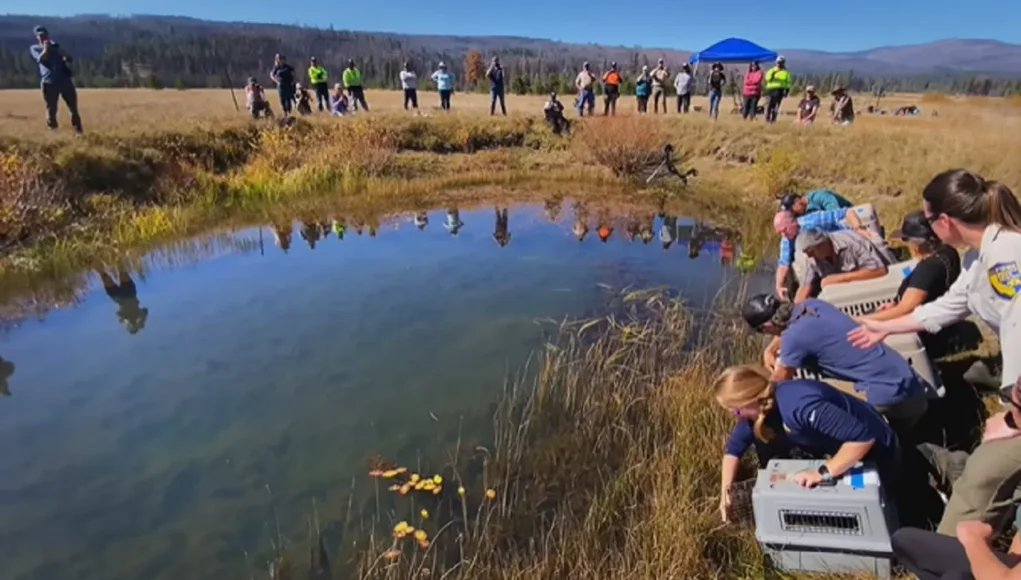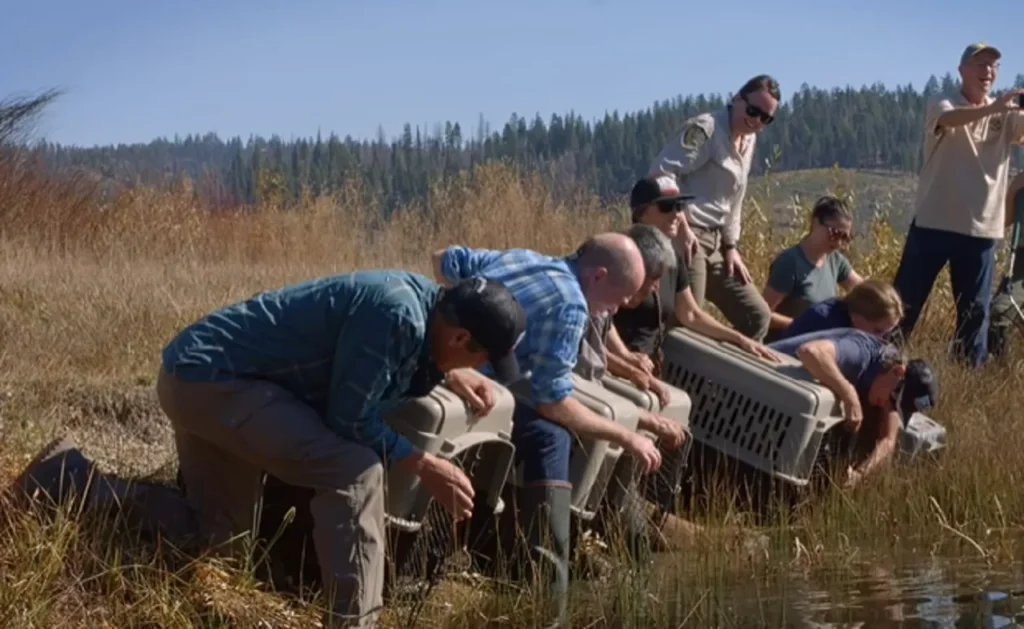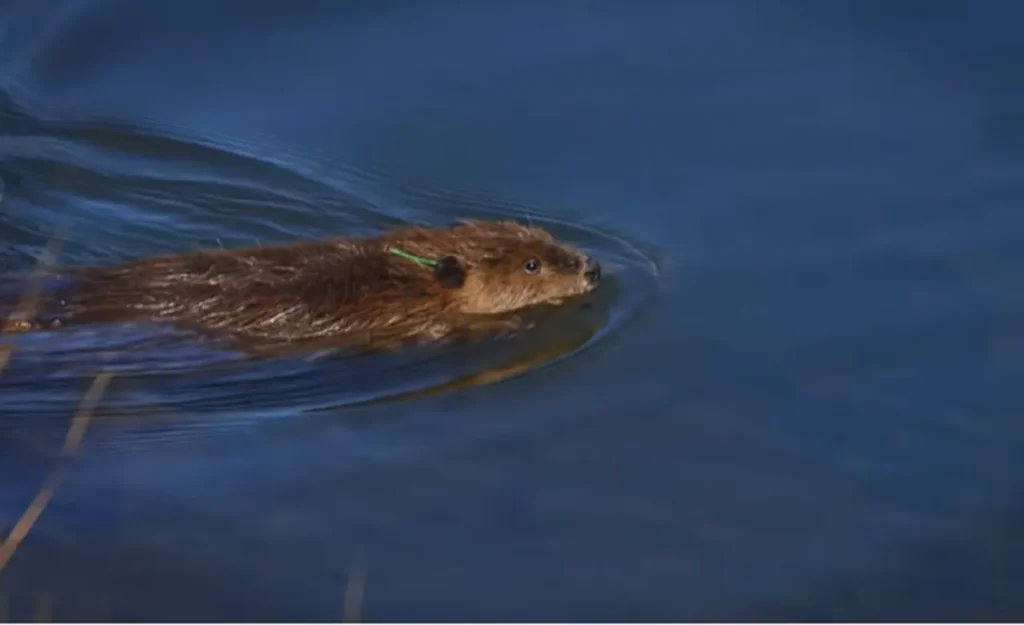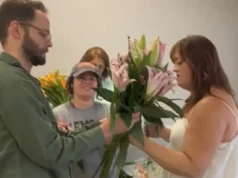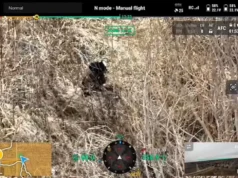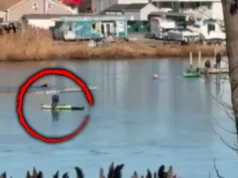Today’s amazing news: a heartwarming story comes from Plumas County, California.
In a move that’s stirring waves across the conservation world, the California Department of Fish and Wildlife (CDFW) is charting new waters with its latest initiative. After nearly three-quarters of a century, CDFW has launched the first phase of a groundbreaking beaver translocation project. This monumental effort signifies the first beavers conservation release in an astonishing 75 years!
The stars of this story? A family of seven beavers, carefully selected for their pioneering role. Their new home? Plumas County, a region rich in natural beauty and ecological significance. This location isn’t just a random choice. It’s known to the local Maidu Summit Consortium as Tásmam Koyóm, a site with deep cultural and historical resonance for the tribal community.
Beavers, often hailed as nature’s engineers, play a crucial role in our ecosystems. Their dam-building activities create wetlands, essential for biodiversity, water purification, and flood control. However, their numbers dwindled drastically due to hunting and habitat loss. This project isn’t just about bringing back a species; it’s about restoring ecological balance.
This initiative isn’t just about the beavers. It’s a proof to collaborative conservation. The involvement of the Maidu Summit Consortium is a shining example of how traditional knowledge and modern conservation practices can blend to create sustainable solutions. It’s a powerful step towards not only ecological restoration but also cultural revival.
Of course, this path isn’t without its challenges. Translocating wild animals, especially a species as impactful as the beaver, requires careful planning, ongoing monitoring, and community involvement. Yet, the opportunities far outweigh the hurdles. By restoring beavers to their natural habitats, we’re paving the way for a richer, more diverse ecosystem.
As we watch these seven beavers adapt to their new home in Plumas County, we’re not just witnessing a conservation effort. We’re seeing history in the making. This project could very well be the catalyst for similar initiatives across the state and beyond, sparking a ripple effect of positive environmental change.
As Californians, and indeed as global citizens, we’re all part of this story. The return of the beavers to Tásmam Koyóm is a cue of our interconnectedness with nature. It’s a call to action for each of us to play our part in conservation efforts, big or small.
In conclusion, the CDFW’s beaver translocation initiative is more than just an ecological endeavor; it’s a symbol of hope, collaboration, and a shared commitment to a greener, more sustainable future. Let’s cheer on our furry engineers as they embark on this historic journey in Plumas County!


